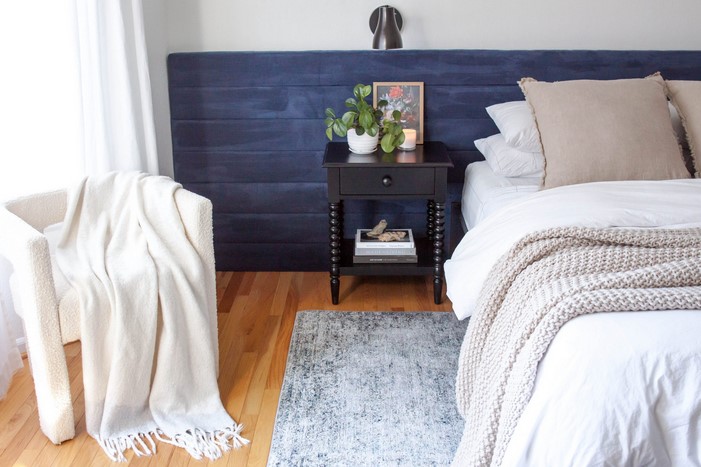
This article provides a comprehensive guide on how to tuft a headboard, a popular DIY upholstery project. It offers step-by-step instructions, from gathering materials to the actual tufting process, and shares useful tips to ensure a successful outcome. Whether you’re a seasoned DIY enthusiast or a beginner looking to add a personal touch to your bedroom decor, this guide will equip you with the necessary knowledge and skills to create a beautifully tufted headboard.
Mastering the Art of Tufting: DIY Upholstery Tips for a Stunning Headboard
Tufting, a classic upholstery technique, has been used for centuries to add depth, detail, and richness to furniture. It involves the process of threading through layers of fabric and padding to create a patterned surface, often with a button or knot at each point. One of the most popular applications of this technique is in the creation of a tufted headboard, which can transform an ordinary bedroom into a luxurious retreat. This article will guide you through the process of tufting a headboard, providing DIY upholstery tips to help you master this art.
The first step in tufting a headboard is to gather your materials. You will need a piece of plywood cut to the size of your desired headboard, foam padding, batting, upholstery fabric, a staple gun, upholstery needles, upholstery thread, and buttons. It’s important to choose a fabric that is durable and can withstand the tufting process. Heavier fabrics like velvet or canvas are often recommended.
Once you have your materials, the next step is to cut your foam padding to fit your plywood. The foam should be at least two inches thick to allow for deep tufts. After cutting the foam, attach it to the plywood using a spray adhesive. Then, cover the foam with batting, pulling it taut and stapling it to the back of the plywood.
The next step is to mark out where you want your tufts to be on the headboard. This is typically done in a diamond pattern, but you can choose any pattern you like. Once you have marked your tufting spots, use an upholstery needle and thread to sew through the foam and plywood at each mark, attaching a button at the front. Pull the thread tight and staple it to the back of the plywood to create the tuft.
After all the tufts are in place, it’s time to cover the headboard with your chosen fabric. Start by laying the fabric over the headboard and aligning it with the tufts. Then, using your upholstery needle, thread through each tuft from the back of the headboard, pulling the fabric tight. Once all the tufts are threaded, staple the fabric to the back of the plywood, making sure it’s pulled taut.
The final step is to trim any excess fabric and batting from the back of the headboard and cover it with a piece of fabric for a clean finish. This can be done by simply cutting a piece of fabric to size, folding the edges under, and stapling it to the back of the plywood.
Tufting a headboard may seem like a daunting task, but with patience and the right tools, it’s a project that can be accomplished by any DIY enthusiast. Not only does it allow you to create a custom piece of furniture that reflects your personal style, but it also provides a sense of accomplishment and pride in your handiwork. So, gather your materials, roll up your sleeves, and get ready to master the art of tufting.In conclusion, tufting a headboard involves several steps including gathering the necessary materials, preparing the headboard, marking the tufting pattern, drilling holes, threading the tufting needle, and securing the tufts. It requires patience, precision, and basic DIY skills. With the right tools and materials, you can transform a plain headboard into a stylish, tufted piece that adds elegance to any bedroom.